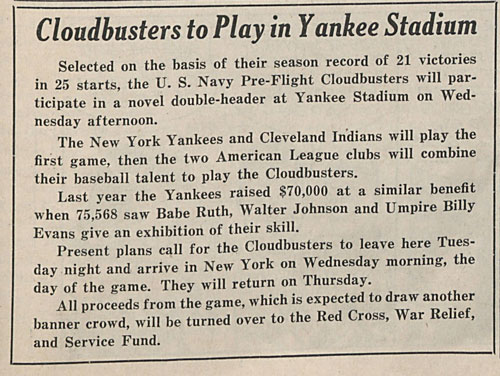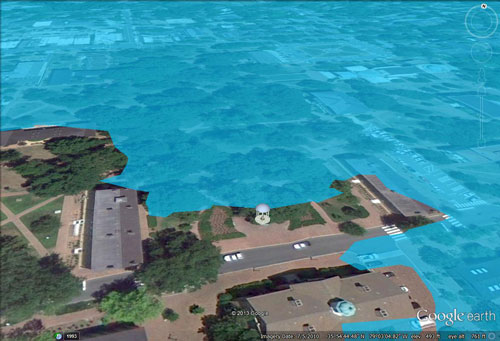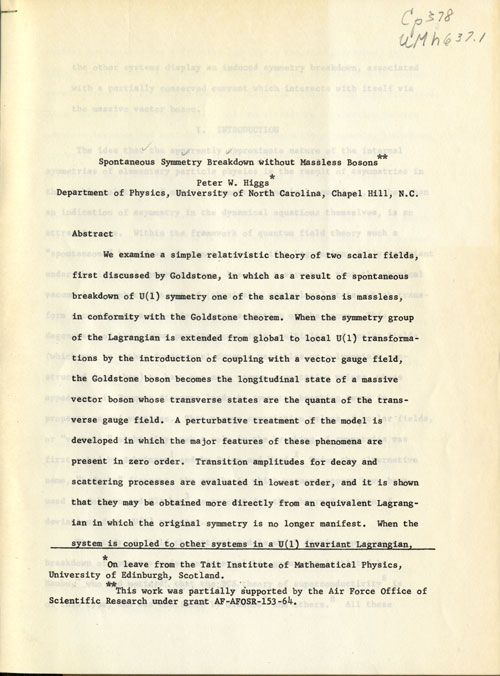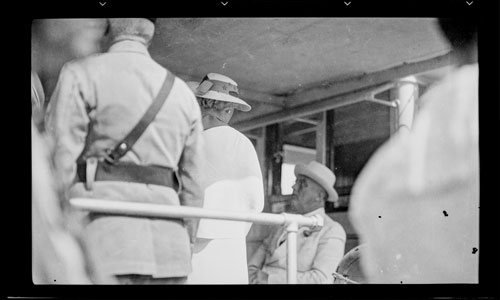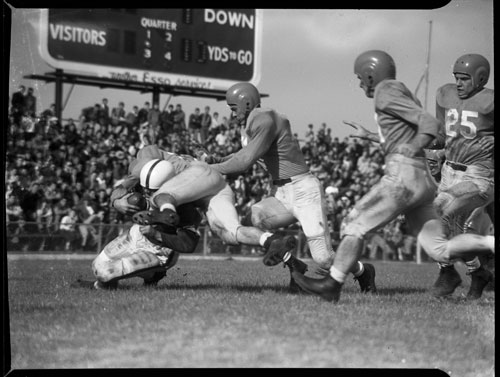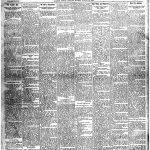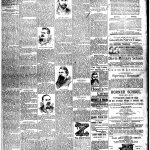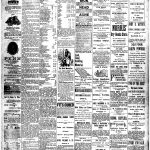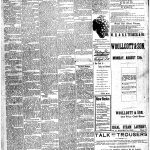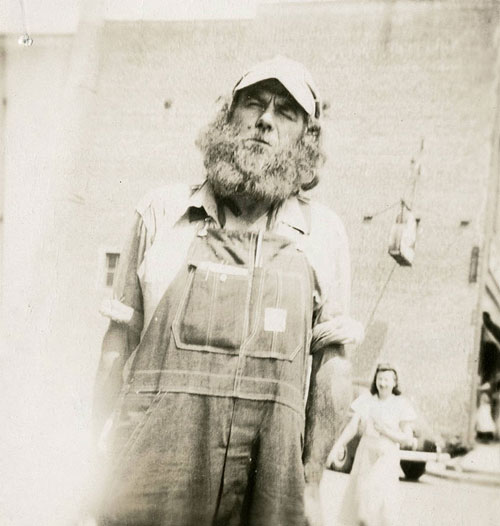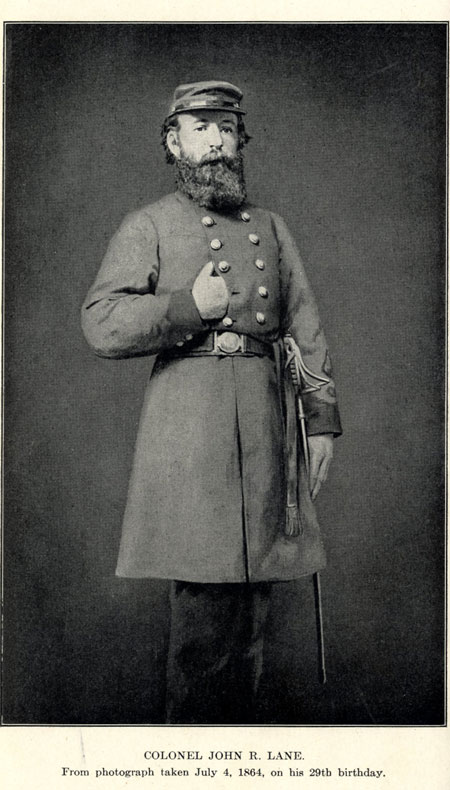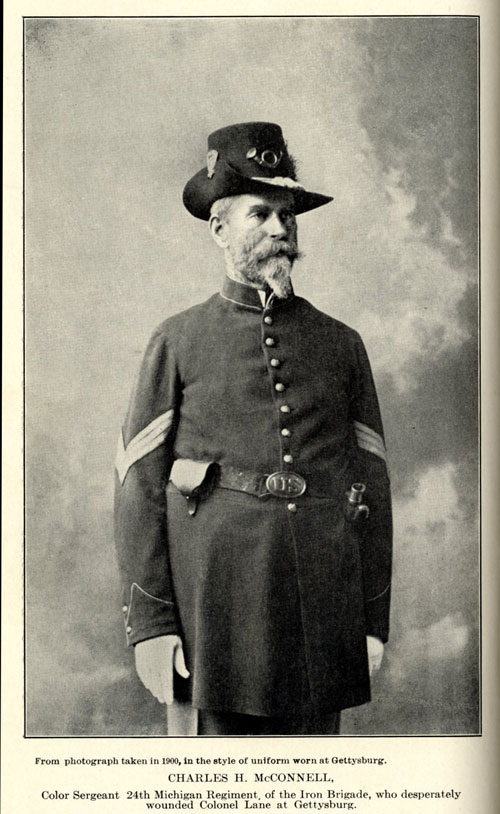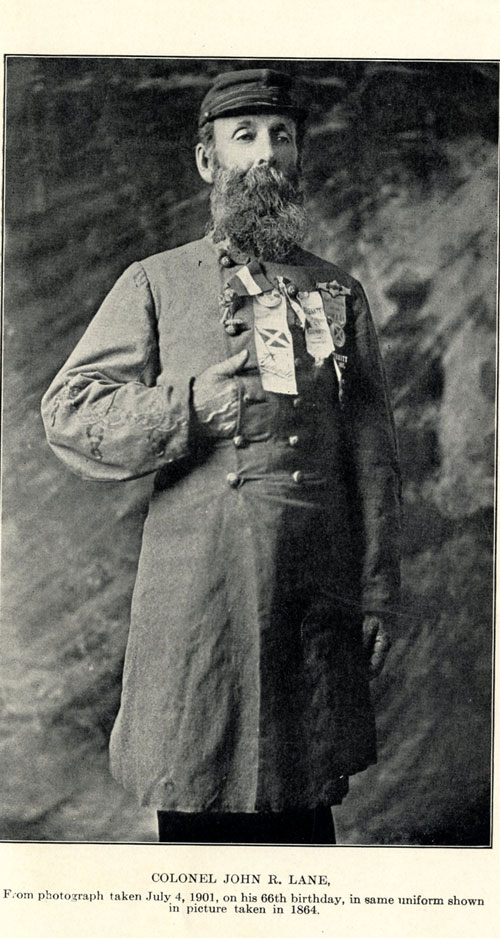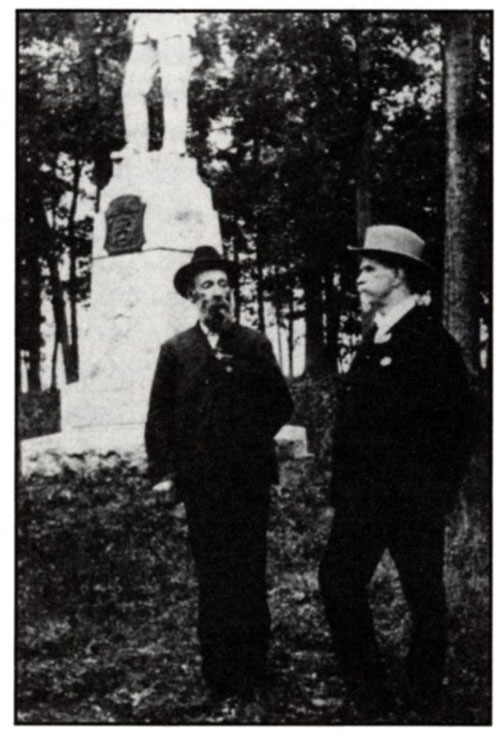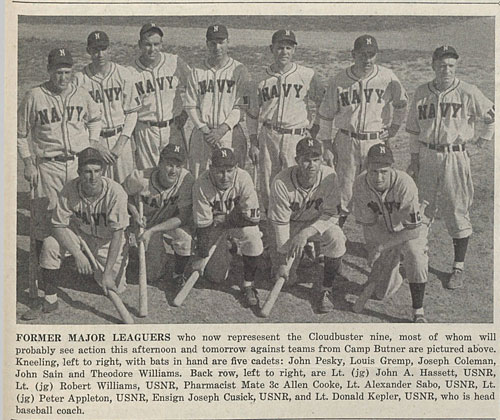
The U.S. Navy Pre-Flight School at UNC was about a year old when Cadet Ted Williams arrived in Chapel Hill in May 1943. The campus was the second stop in his year long effort to earn the wings of a Marine aviator. As Williams biographer Leigh Montville writes, Williams and his Boston Red Sox teammate Johnny Pesky had already spent several months at Amherst College in western Massachusetts in a civilian pilot training program, logging time in the classroom learning about navigation, radio code and aerology and in the cockpit mastering flight in Piper Cubs. Pesky described the duo’s time on the UNC campus as “like basic training.”
Up by the light of the moon, double-time all day, to bed with the owls….Drill till your tongue bulged. Sports, hikes, inspections. We played all games to test us for versatility—boxing, wrestling, swimming, soccer, and baseball. The object was to find if we had a nerve-cracking point. Some did.
Williams and Pesky also found time to crack the bat. They were among the members of the UNC Naval Pre-Flight program’s baseball team. In addition to Williams and Pesky, the 1943 lineup for the Cloudbusters, as they were known, included several other cadets with Major League experience. John Sain and Louis Gremp played for the Boston Braves and Joe Coleman pitched for the Philadelphia Athletics. The team also included officers who were Major League veterans. Lt. John “Buddy” Hassett had played first base for the New York Yankees. Ensign Joe Cusick was a catcher for the St. Louis Cardinals. And Lt. Pete Appleton had spent time on the mound for the St. Louis Browns.
The Cloudbusters competed against university teams, service teams and all-star teams from the minor leagues. In the “Ration League,” which included UNC, Duke and N.C. State, the team finished the 1943 season with a record of 3 wins and 6 losses. UNC took first place and Duke, second. But many of those games were played prior to the major leaguers’ arrival.
With Williams, Pesky and the other big league veterans, the Cloudbusters took on service teams at Camp Butner and at Norfolk. The team at the Norfolk Naval Training Station (there was also a team at the Norfolk Naval Air Station) included one-time Yankee shortstop Phil Rizutto, former Red Sox outfielder Dominic DiMaggio, and former Brooklyn Dodger outfielder Don Padgett. The Cloudbusters played the Naval Training Station team several times during spring and summer 1943. When the teams met at Emerson Field in Chapel Hill in July, the major league veterans posed for photographs for Cloudbuster, the UNC Naval Pre-Flight program’s weekly newspaper (back issues are now available online through the North Carolina Digital Heritage Center).
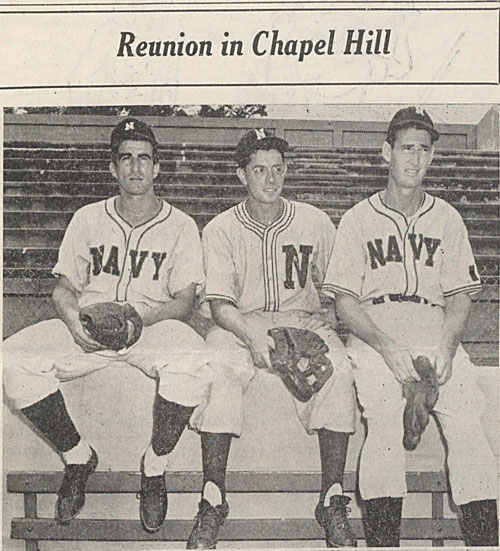
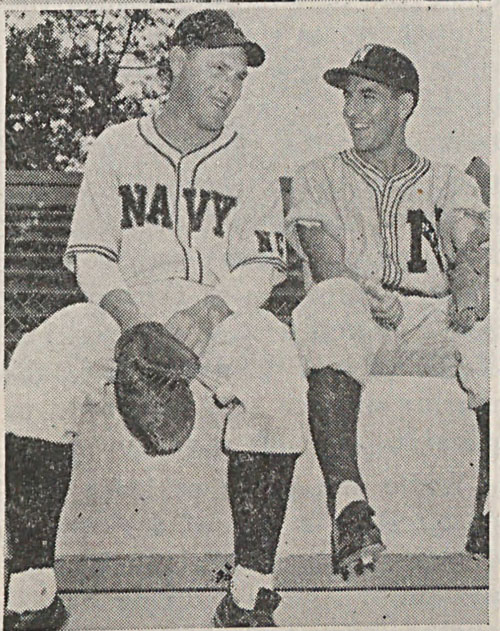
Williams and Pesky took a break from Chapel Hill and the Cloudbusters on July 12 to join an all star team of former major league and college baseball players in a game against the Boston Braves at Fenway Park. The service all-star team was managed by Babe Ruth. Prior to the game, which the service all-stars won 9-8, Ruth, 48, took on Williams in a batting contest. Facing pitches from Braves bullpen thrower Red Barrett, Williams, dressed in a 1942 Red Sox traveling uniform, belted three balls into the right field stands. Ruth, however, showed his age and that his playing days were long behind. Newspaper accounts report that the Babe was unable to drive the ball off the playing field. Upon meeting Williams in the clubhouse, Ruth is reported to have said, “Hiya, kid. You remind me a lot of myself. I love to hit. You’re one of the most natural ballplayers I’ve ever seen. And if ever my record is broken, I hope you’re the one to do it.”
Williams and Ruth met again two weeks later at Yankee Stadium when the Cloudbusters were part of a charity event to benefit the War and Service Relief Fund of the Red Cross. A double-header on July 28 featured a match-up between all stars from the Cleveland Indians and New York Yankees. In the second game, the Cloudbusters took on a combined team of Indians and Yankees.
With strong pitching from Cadet Johnny Sain, the Cloudbusters prevailed over the combined Yankees-Indians team, or “Yanklands,” as the Cloudbuster named the team.
Back in Chapel Hill, Williams continued his academic studies. Courses included “Essentials of Naval Service,” “Nomenclature and Recognition,” “Celestial Navigation,” and advanced Aerology. When Williams wasn’t in the classroom or on the ball field, he showed promise as a boxer. As Pesky recalled (and as related in Montville’s biography of Williams), the pre-flight program’s boxing instructor, a former professional fighter, called Williams into the ring on one occasion and told the ball player to hit him.
Ted was just swinging at first….Then Ted started to get the hang of it. He fakes! And then he unloads. Pow! He hits the guy. Then he fakes again. Pow. He hits the guy again. When the thing was over, the instructor says, ‘Hey, how would you like to have me help you make a fast million bucks?’ Ted says,’How would you do that?’ ‘I’ll train you as a boxer.’ Ted says,’Oh no, not me.’ [The instructor] didn’t even know who Ted was.
Williams, Pesky and other members of the Cloudbusters shipped out to Naval Air Station Bunker Hill, near Peru, Indiana in September 1943. There the cadets were taught how to take off and land airplanes. From Bunker Hill, Williams headed off to Pensacola, Florida. And there, on May 2, 1944, Williams received his wings as a second lieutenant in the Marine air corp.

